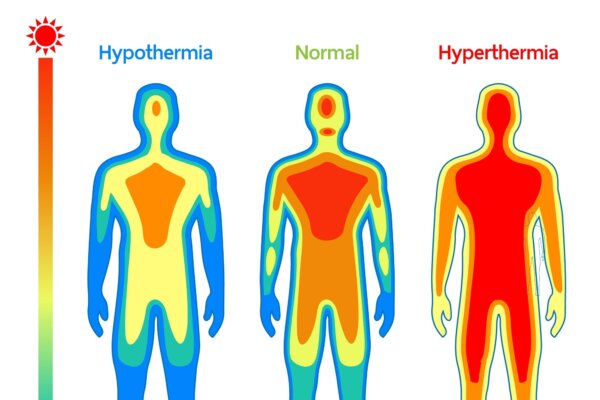
Thermography is a valuable tool for detecting inflammation, which is often the root cause of many diseases. Originally used for radiation-free mammograms, thermography now plays a crucial role in diagnosing organ-specific diseases by identifying heat patterns and blood flow in body tissues. This infrared technology can detect inflammation long before it develops into a disease, making it a valuable tool in various medical fields.
History
Thermography has a rich history that dates back to ancient times when physicians observed heat or cold excess in the body to identify diseases. The concept expanded over the centuries, leading to the discovery of infrared light by Sir William Hershel in 1800. Modern thermometry began in 1835 with the invention of a device to measure body temperature and detect inflammation. Over the years, thermography has evolved and found applications in traditional Chinese medicine and other medical fields.
Thermographic Technology
Thermography utilizes an infrared camera to capture temperature changes on the skin’s surface and convert them into color-coded images known as thermograms. These images show variations in infrared heat emitted from the body, with different colors indicating temperature differences. By analyzing these thermal patterns, trained physicians can identify potential disease indicators, particularly related to inflammation.
Applications
Thermography is widely used in various medical fields for diagnosing conditions such as cancers, heart disease, arthritis, diabetes, sports injuries, and more. Clinical research and scientific reports support the effectiveness of thermography in detecting a range of health conditions early on, allowing for prompt treatment and monitoring.
Risks and Concerns
Thermography is a safe and non-invasive technique with no known risks to the body. However, there are concerns within the medical community regarding the variability and efficacy of thermography. Despite these concerns, numerous studies and research papers support the use of thermography for early detection and monitoring of various health conditions.
As technology advances and improves, thermography is poised to become an even more valuable tool in medical diagnostics, offering non-invasive and detailed insights into the body’s health.






